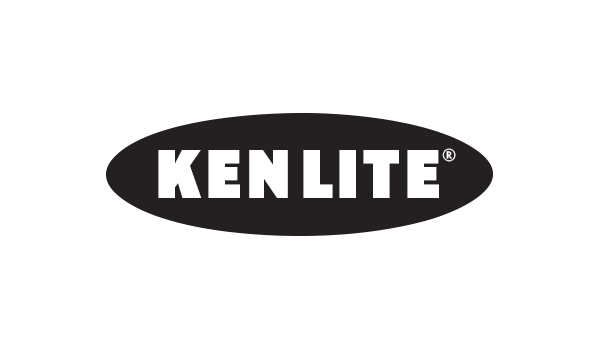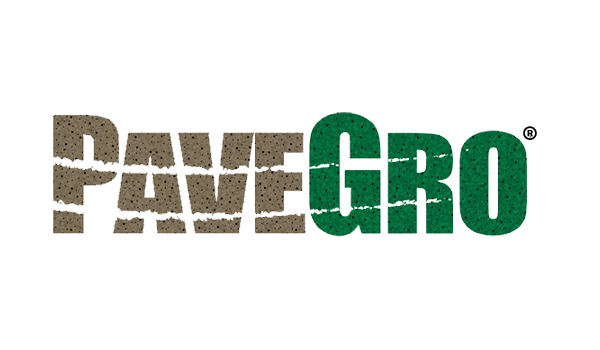Arcosa Lightweight Enables High-Performance Green Roofs
Arcosa Lightweight Enables High-Performance Green Roofs
Green roofs are rapidly becoming essential elements of urban infrastructure, driven by city mandates and sustainability targets in places like New York City (NYC) and Washington, DC.
With policies focused on reducing stormwater runoff, managing urban heat, and improving air quality, lightweight aggregate (LWA) is playing a key role in making these systems viable—especially where structural loads are a concern.
At a recent meeting between Arcosa Lightweight, two landscape architects and green roof media supplier Naturcycle, the conversation centered on the increasing importance of LWA in urban green roof design.
The Regulatory Landscape: NYC and DC Lead the Way
Both New York and Washington, DC have enacted significant green infrastructure policies. NYC’s Climate Mobilization Act—specifically Local Laws 92 and 94—requires sustainable roofing zones on new construction and major roof renovations. Lightweight green roofs offer developers a practical path to compliance, helping them meet sustainability goals without compromising structure or aesthetics.
In DC, the Department of Energy and Environment’s Green Area Ratio (GAR) mandates vegetated roofing and permeable surfaces as part of its scoring system for new developments. Green roofs designed with LWA consistently help projects meet these performance metrics.
In the DC market, Barnicle says, the landscape architect must conduct a close-out to guarantee that the contractor has followed soil depth and stormwater retention requirements before receiving a Certificate of Occupancy. “That’s how strict DC has become,” he says.
Why Lightweight Aggregate Is Essential
Lightweight aggregate’s value lies in its strength-to-weight ratio. It allows for deep, biologically active soil layers—capable of supporting trees and diverse vegetation—without overloading rooftop structures.
Senior Design Associate Rob Osterlof of Landscape Architecture firm MPFP says, “We couldn’t do many green roof projects without the lightweight material. It’s just not feasible to do full-weight soil on these rooftops.”
MPFP has used expanded shale for decades. At Fordham University’s Lincoln Center campus, trees planted in the late 1990s now reach maturity—some with trunks over 12 inches in diameter. Osterlof notes that the roof has required minimal upkeep and still thrives after nearly 30 years.
He explains that about 90% of their projects involve intensive media depths, often 36 inches or more.
“We like to do trees, and certain trees work better with green roof soils than others,” says Osterlof. “Being able to know how the soil will perform allows us to specify the correct tree and is a big part of our design process.”
Economic, Environmental, and Social Benefits
According to Green Roofs for Healthy Cities (GRHC), green roofs help mitigate the urban heat island effect, improve air quality, manage stormwater, and provide mental health and social benefits.
“Green roofs add beauty and a park-like feel to urban rooftops,” says Osterlof. These spaces are now valuable amenities for tenants and building owners alike.
Arcosa’s Bill Wolfe adds that expanded shale’s structure plays a key role in filtration. “The material’s ‘ceramic sponge’ quality helps reduce stormwater contaminants,” he says.
Barnicle points out that current regulations focus primarily on runoff volume, not water quality. “They’re not testing chemically,” he says, suggesting potential future regulatory changes.
The Future of Green Infrastructure
Green roofs are no longer just a visual enhancement—they’re a critical tool in resilient urban planning. Osterlof emphasizes that the lightweight soil makes these spaces not only feasible but also functional and enjoyable.
“You could make a lightweight roof deck with pavers and foam, but is that a usable space? No,” he says. “So you want that lightweight soil. That’s a critical tool for us.”
As more cities adopt green roof mandates, demand for LWA is expected to rise. With trusted partnerships between landscape architects, Arcosa, and Naturcycle, lightweight aggregate is poised to continue transforming rooftops into lasting, sustainable green spaces across urban America.












